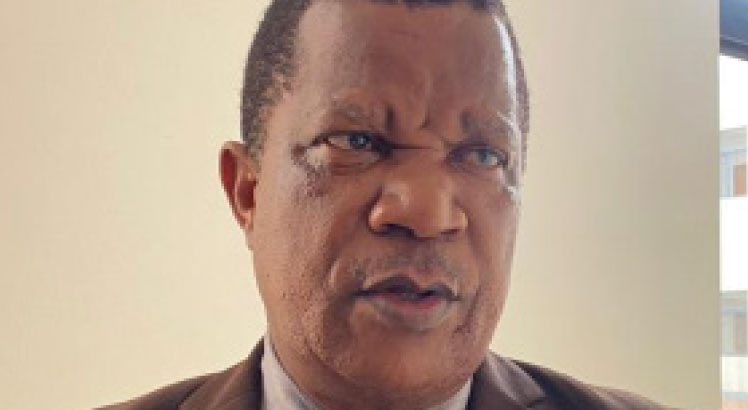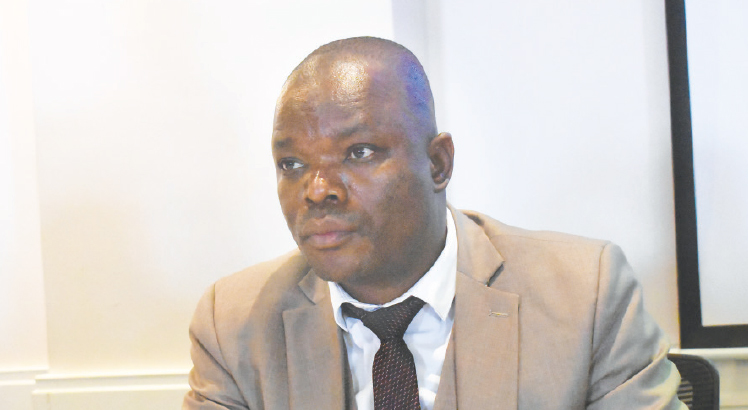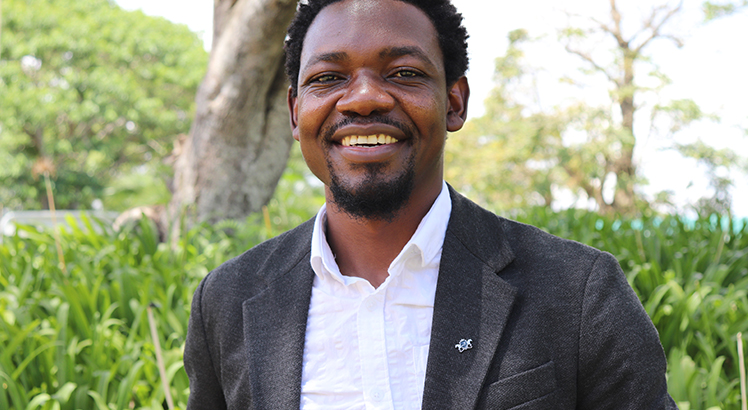‘DRTSS takes safety issues seriously’
The World Health Organisation (WHO) last year named Malawi as one of the countries with the highest record of road traffic accidents in Africa. In a report published by The Economist, road accidents are the leading cause of death among 15 to 29-year-olds in the country. Are Malawians safe on the roads? Our reporter ALBERT SHARRA engages Angellina Makwecha, the spokesperson for the Directorate of Road Traffic and Safety Services (DRTSS) to find out why road accidents are on the increase. Excerpts:

What is DRTSS doing to reduce the number of road accidents in the country?
We have several new initiatives to reduce accidents on the roads of Malawi. As you might be aware, DRTSS is one of the departments that embarked on government reforms to improve service delivery as well as safety on our roads. For instance, administration of highway-code knowledge is computerised to prevent subjectivity which is always there when it is being administered by a human being. Similarly, renewal of professional driving permit requires one to undergo a computerised Highway Code knowledge test.
The DRTSS has intensified monthly enforcements in all its operational regions to bring sanity on our roads. We have a cordial working relationship with Traffic Police Department and we conduct joint enforcements and awareness programmes every quarter.
Another thing is that the DRTSS through the Safety Awareness Section implements the driver improvement programme, also known as Defensive Driving Programme, in all the four operational regions. All drivers are encouraged to participate in this important programme to improve their driving skills as one way of preventing and reducing road accidents.
We intend to intensify road safety awareness programmes through various media outlets in response to the prevailing accident situation.
But despite all these efforts, why are we having so many road accidents?
The Directorate of Road Traffic and Safety Services (DRTSS) has made an analysis of the accidents that have happened in the last four months and it shows that the numbers are comparably low with corresponding past periods. However, it is worrisome that recent accidents claimed more lives. This is a great cause for concern.
Should we say you are failing your job?
The duty of DRTSS is to manage road transport system in order for them to be safe and sustainable for development of the country. The system’s elements comprise roads, vehicles, drivers and the environment which include other road users. When the vehicle is in motion these elements have to interact properly in order to avoid accidents. Looking at this it can be noted that there are lots of issues to look at and it is obvious that there are many players that can lead to accidents happening or prevention of the same. As such it is crucial that all road users play a significant part to ensure that we reduce road accidents and levels of fatality. DRTSS work towards reducing numbers and the seriousness with emphasis on fatalities.
From what has been pointed out you will note that road safety is cross-cutting and requires a multi-sectoral approach if we are to achieve significant reduction in traffic accidents. It’s not only the duty of DRTSS to see to it that accidents are reduced, all players are supposed to be proactive in as far as issues of accident prevention is concerned. For instance, there are issues of driver training, vehicle condition, behavioural change, adherence to traffic regulations, road infrastructure, traffic law enforcement, civic education and awareness, just to mention a few.
DRTSS can implement some of this but it requires other players to come in, for example, how much input does the media contribute towards reduction of road traffic accidents?
The DRTSS takes safety issues seriously in order to protect life and property. DRTSS is working tirelessly to mitigate this problem. And we call upon all stakeholders to join hands with us to ensure safety and reduction of accidents on the roads of Malawi.
Speeding is a lead cause of road accidents and your office introduced several measures to control it, including the introduction of ‘speed trap cameras.’ However, these are hardly on the roads. What happened to the ‘speed trap camera project’?
It’s not entirely true that most accidents are caused by speeding. However, the seriousness of any accident is partly attributed to high speed, or chances of survival in an accident are dependent on speed. An accident may be caused by a combination of factors such as poor lights of vehicles at night, poor judgment of drivers, overworking of drivers, driving while intoxicated, just to mention a few.
From the analysis we have carried out most of these accidents happen at night when speed cameras are not in use. On another sad note, there is a tendency by drivers to warn each other whenever speed cameras are in use at a particular road stretch. This defeats the purpose of using speed cameras because drivers will only slow down whenever they are approaching a speed camera and after that it’s business as usual.
Currently, all the four DRTSS operational regions have two speed cameras each which are now interfaced with the new Malawi Information Transport System (Maltis) system. Very soon DRTSS Enforcement Section will be operational, with adequate number of officers to manage the cameras on a daily basis other than relying on the same staff that also serve clients in an effort to reduce congestion at our various regions.
Let me also inform you that every traffic offence that is leveled against a road user is supposed to be backed by the Road Traffic Act 1997 and the Regulations 2000, therefore, one is deemed to be speeding only if the speed is beyond the prescribed speed limit for a particular road stretch and vehicle usage. As such speed cameras are used where there is likelihood of endangering other road users and where legal speed limits apply.
Any last word?
The most worrisome thing for us is that most accidents are serious, fatal and claim lives. However, the general trend of road crashes is on the decline. In this regard we can say that there are some gains which are being made and I hope we will continue on this path.





